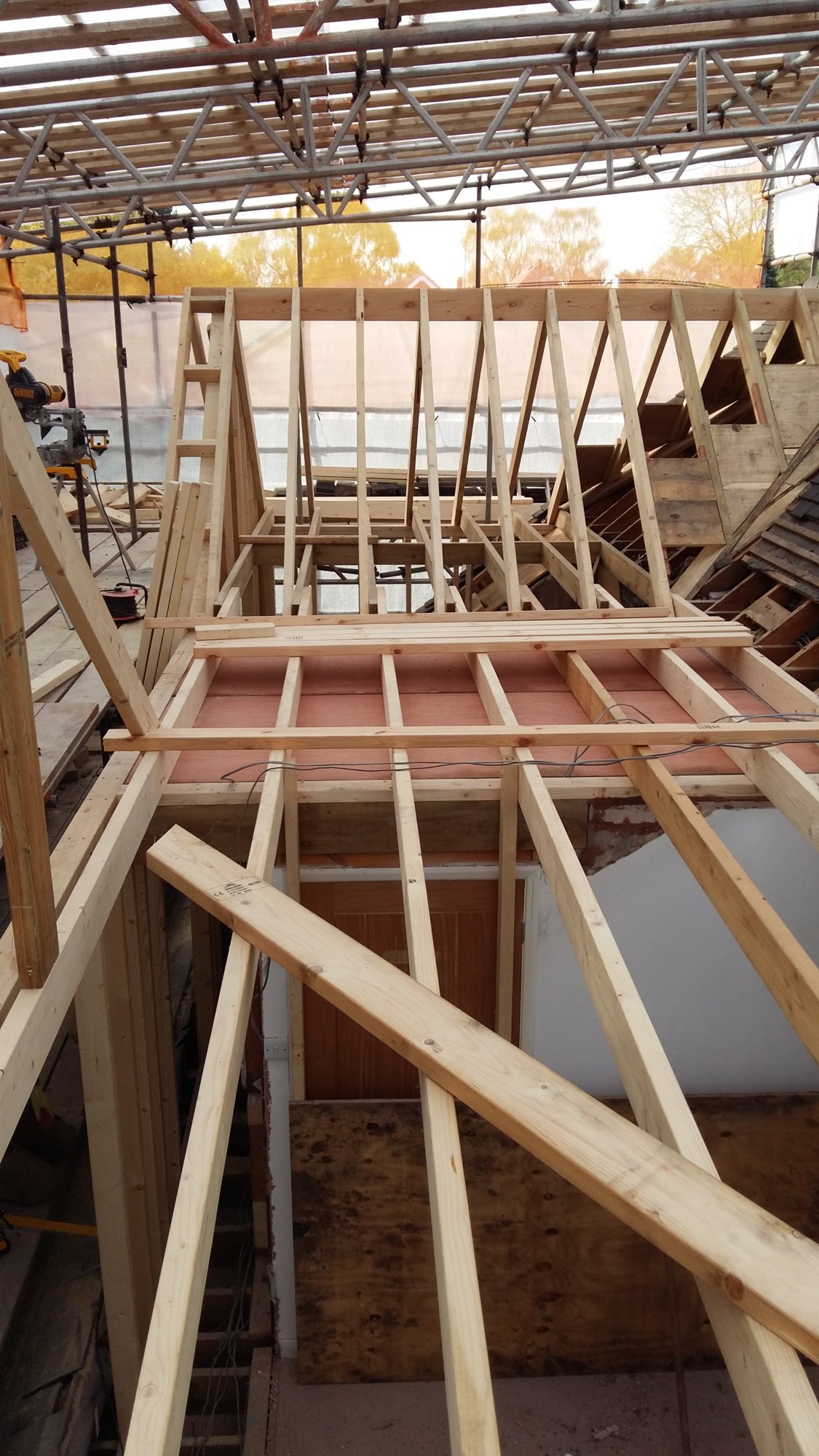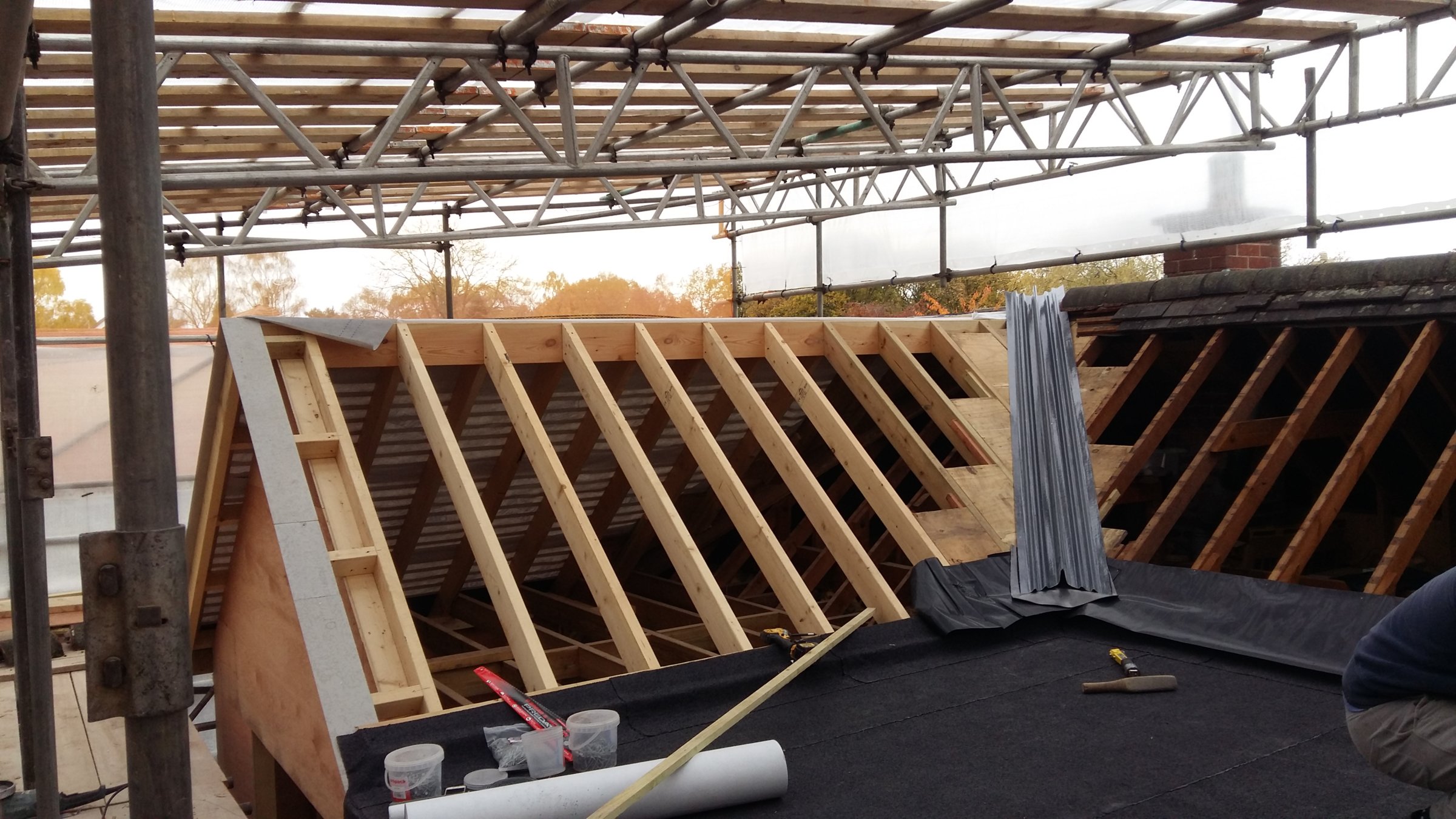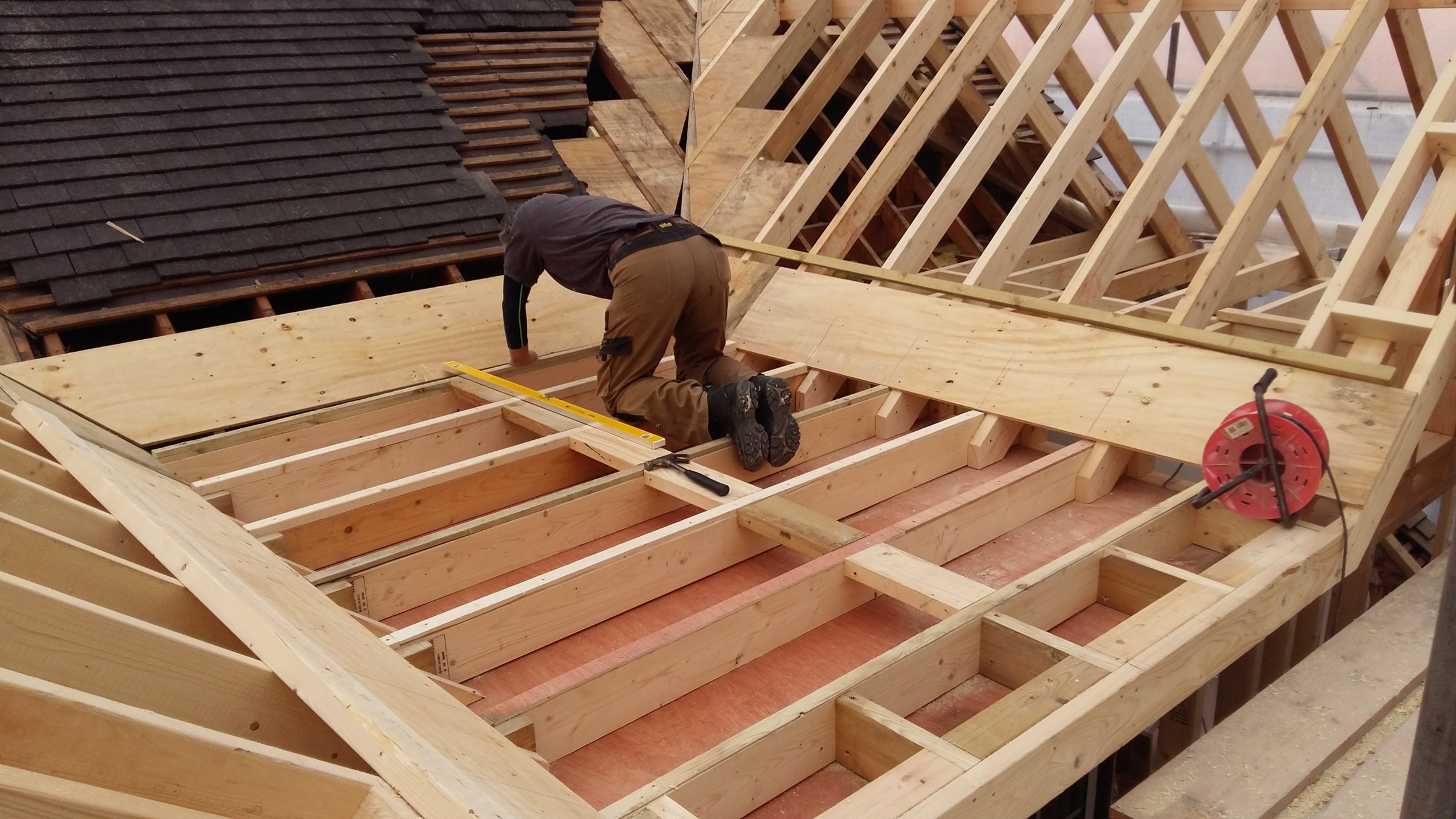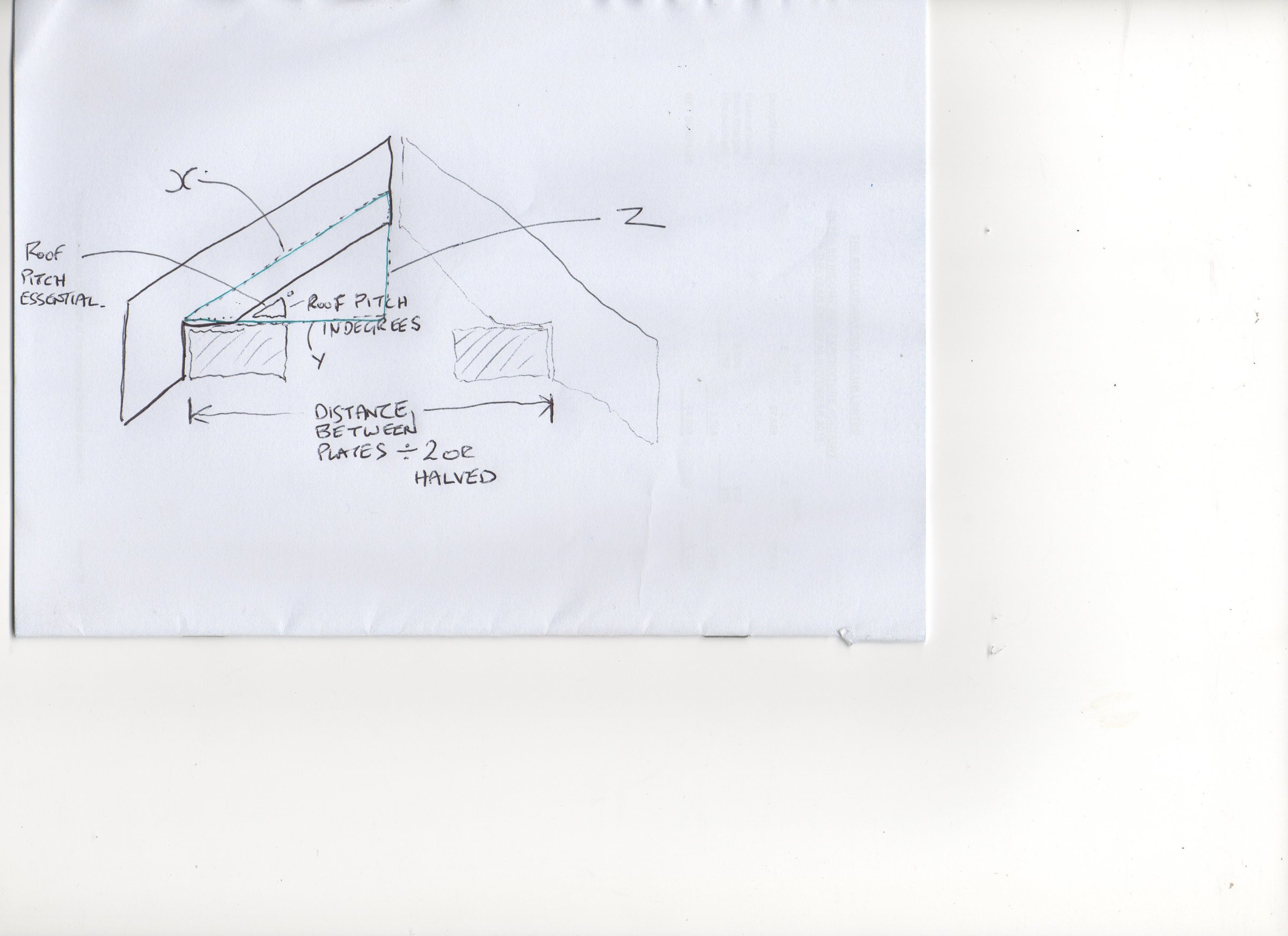and would you go 110 or 240v?
My power tools are about half and half.
240v for the work shop and 240v/110v for the site.
I like 240v for circular saws as (imo) they have a lot more oomph.
My big 240v Makita with 270mm blade will rip 100mm thick planks.
Have a festool HK85 and fsk rail and a TS55. Both 240v. (the hk85 is only available in 240v)
Also have a small 7" hitachi (110v) and a metabo 18v cordless which is compatible with the festool rails.
My Miter saw is the LS1013. 240v.
My recip saw is makita 110v and 18v metabo. Jigsaw is festool 110v.
SDS is 110v hitachi and 18v metabo and bosch breaker/drill is 110v.
Router is 240 dewalt and 110v festool..(my dewalt router was pretty much burnt out this week after a heavy session
Power drill is 110v metabo.
Planer is 110v Makita and 18 volt cordless metabo.
And I have a husqvarna chainsaw.
Thats about the half of my power tools.
Last edited:







